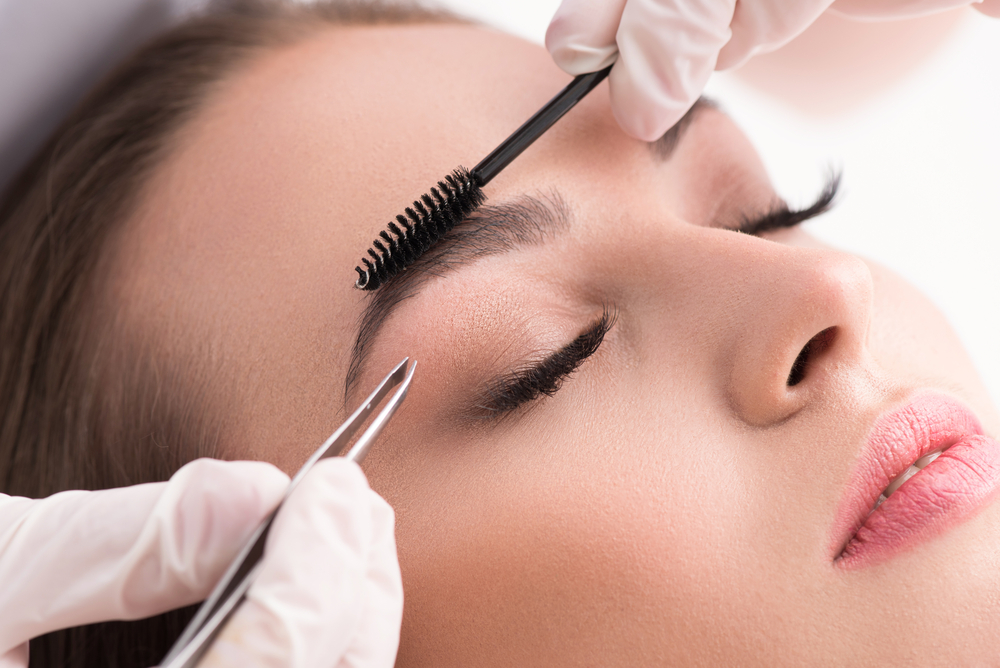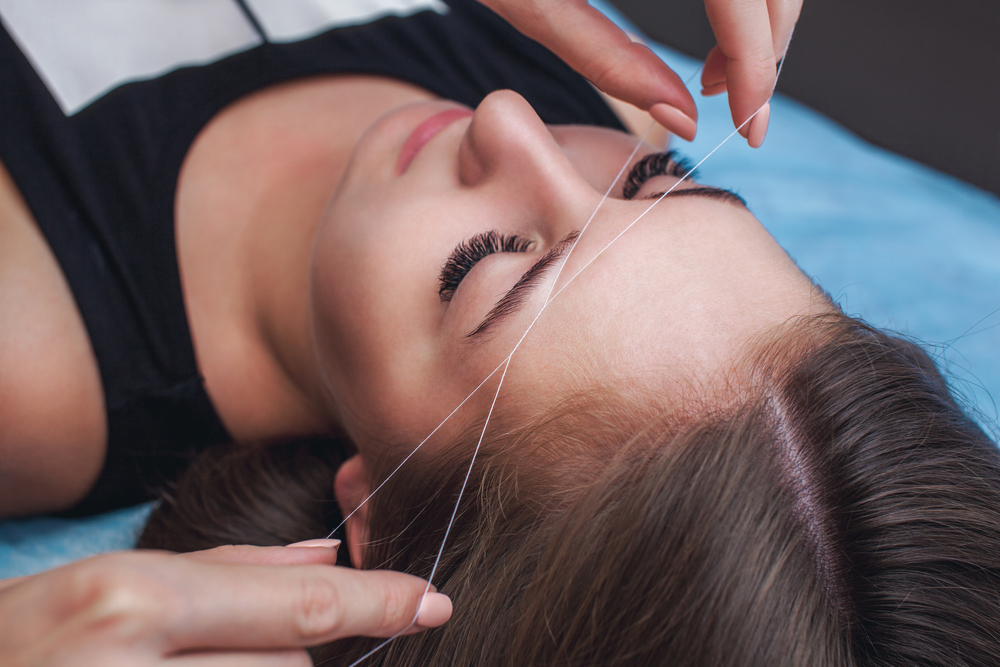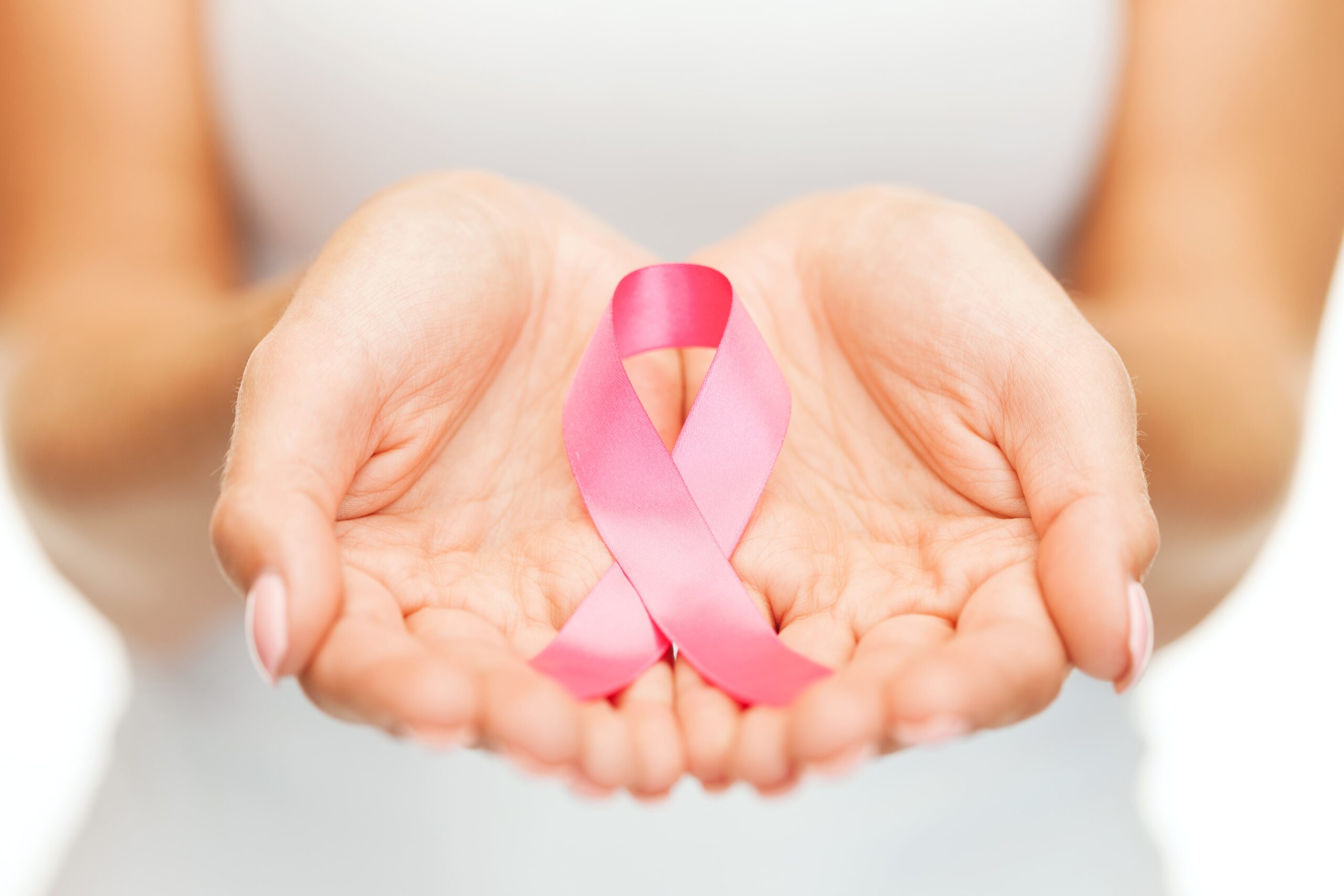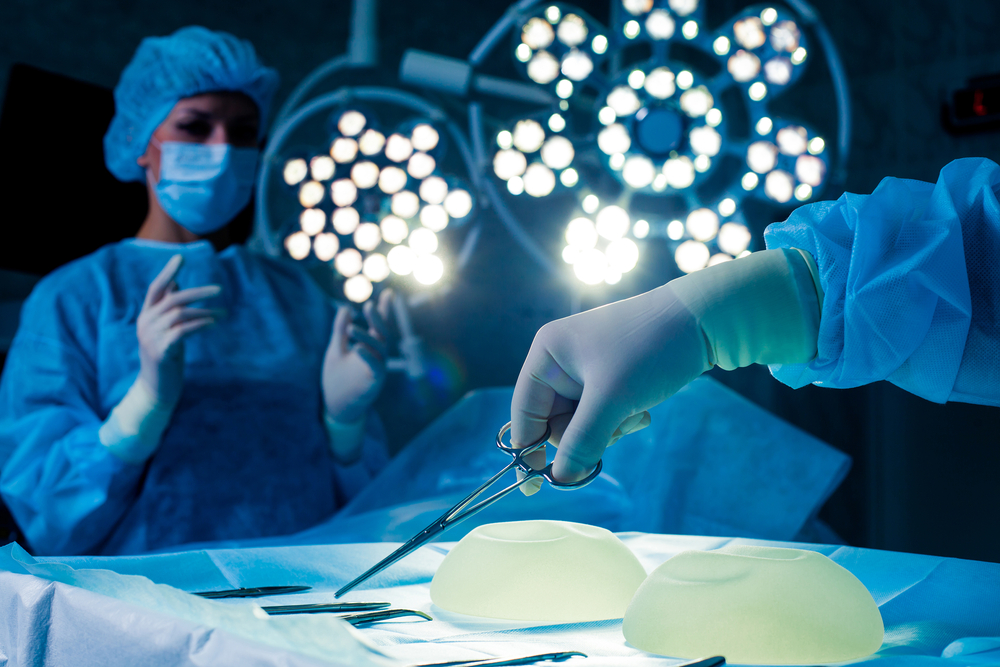With age, breasts once perky and full begin to deflate and droop. Creams do very little to help, and exercise can make the problem even worse. Breast lift surgery is the only truly effective solution — if you can deal with the scars.
Mastopexy, also known as breast lift surgery, is a surgical procedure that gives breasts a more youthful appearance by removing lax skin, shifting the nipple upward, and redistributing tissue to achieve the desired shape.
While this may sound like the perfect way to turn back the hands of time, there’s a trade-off — scars.
Plastic surgeons are quick to point out that breast lift scars fade over time, and while most women recognize that even the nastiest post-op scar can be covered with the right undergarments or swimsuits, that’s cold comfort to those who want to look great naked.
It’s not all bad news though. Certain surgical techniques result in less scarring, and proper postoperative care can dramatically minimize the appearance of scars. Here are your options.
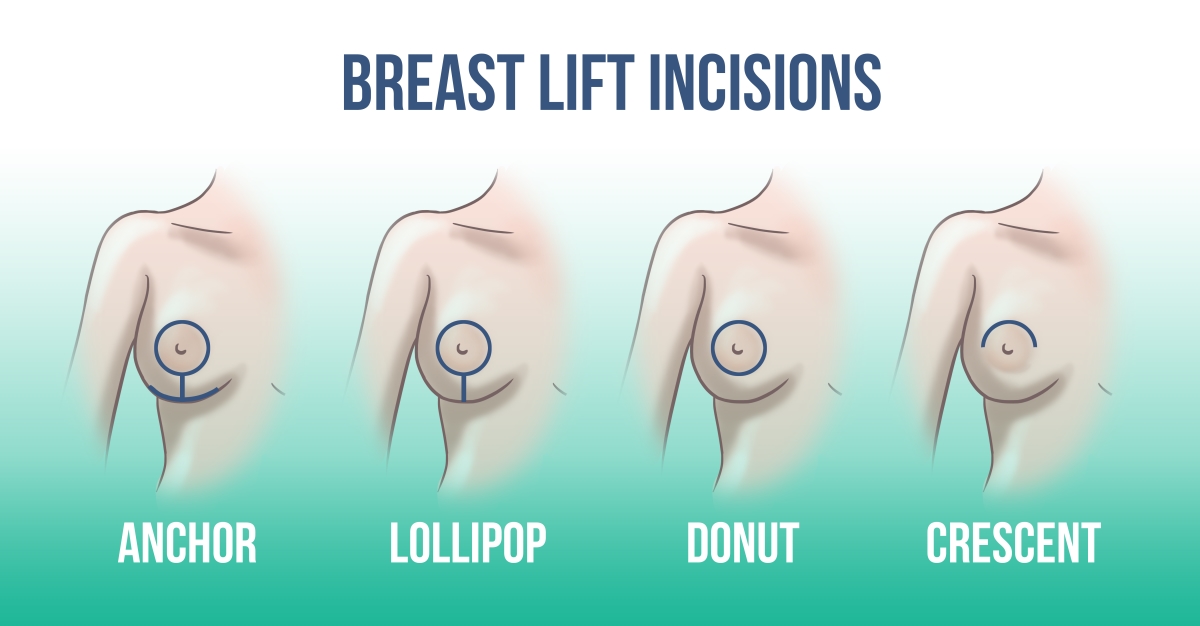
Breast lift techniques
When discussing your concerns with your surgeon, it is important to mention what type of scarring is acceptable to you. While all breast lift procedures have a level of scarring, certain techniques aim to mask the scars in various ways.
Breast lift techniques tend to go by names that reference the shape of the scars that they leave behind. These include:
- The crescent lift
- The donut lift
- The lollipop lift
- The anchor lift
- The horizontal mastopexy
- The “scarless” lift
Each technique comes with its own set of advantages and disadvantages, and no option is the best for all patients. It is important to choose the lift that best meets your aesthetic goals.
The crescent lift
The crescent lift gets its name from the crescent shaped skin above the areola that is excised during the procedure. When the skin edges are sutured closed, the nipple is raised by a few centimeters.
It’s a popular method because the incision enables doctors to reshape breast tissue and insert implants either above or below the muscle, leaving only a small scar along the top of the areola. However, it also has its downsides: only a minimal amount of lift can be achieved, not all sizes and types of implants will fit, and the majority of women desire a bigger boost than this method can deliver.
The donut lift
Another popular technique to elevate the breast involves a periareolar incision, also known as a donut lift due to the shape of the skin removed during surgery.
With this procedure, a surgeon creates an incision on or around the perimeter of the areola and later a second outer incision to remove the “donut” of skin around it. The nipple is sutured back to the breast skin, tightening it in the process. This method provides more lift than the crescent, but again only a relatively small amount of sagging can be repaired.
The lollipop lift
For women with more sagging than can be corrected through the crescent or donut methods, doctors may opt to perform a lollipop lift.
Also known as a vertical lift, this technique requires surgeons to make a keyhole shaped incision on the breast, preserving the nipple but removing any excess skin below it. The areola is then shifted up into its new position, while suturing the skin edges together results in a lollipop shaped scar around the nipple and a vertical line down to the breast crease.
The anchor lift
Then there is the anchor lift (or inverted T). It’s the oldest mastopexy technique, considered by many surgeons to be the “gold standard” for women with severe ptosis requiring a significant amount of skin to be removed in order to achieve a perkier shape. It’s also the most invasive method and leaves the largest scar.
To shift the nipple upward, doctors create an incision around the areola and under the breast crease. A portion of skin is removed from under the nipple, which is then raised to a higher position. Closing the incisions leaves an anchor-shaped scar that follows the curve of the breast.
Surgeons may also combine or alter these techniques during modified vertical lifts which will leave “J-shaped” or “inverted short T -shaped” scars.
The horizontal mastopexy
The horizontal mastopexy goes by many names, including the “Horndesky Method” and “Ultimate Lift.” This technique enables surgeons to create a new position for the nipple without leaving a vertical scar from the areola to the breast crease. Instead, a horizontal incision is made across the entire breast above the areola, and the surgeon excises the skin below it while preserving the nipple.
The nipple is then pulled through a new round incision higher up on the breast, and when the incisions are sutured closed, the patient is only left with horizontal scars on the breast crease and around the areola.
Although the oft-dreaded vertical scar is avoided, the trade off is the final shape of the breast could wind up being more boxy than round, and the sutures may result in a puckering of the skin along the breast crease.
The scarless lift
Finally, there’s the so-called scarless lift. Women who are seeking a mild lift but are dead set against leaving scars anywhere on their breasts may opt for a technique that uses a network of dissolving surgical threads inserted through tiny incisions along the collar bone, guided under the breast tissue, and then anchored to the collar bone, to create an internal bra of sorts. Scar tissue forms around the threads, theoretically providing support to lift the nipple.
Technically, this method still leaves scars along the collarbone, but they’re tiny. It’s also considered by many to be the least invasive of breast lifts, but it’s also the least effective, and most women won’t even be a candidate for this option.
Unfortunately, selecting the right technique for your mastopexy isn’t as simple as ordering off a menu. The type of scar a woman winds up with depends on the type of surgery she needs, and there’s no standard protocol or formula when it comes to mastopexy.
Breast Lift Scar Prevention: Top Products
Your surgeon’s post-surgical instructions will undoubtedly include wearing a compression bra and using silicone-based scar sheets.
Compression garments promote blood flow to the operated area, while silicone gel sheets improve skin hydration and encourage collagen production, leading to flatter and more faded scars.
Some topical medications, and even home remedies — onion extract and aloe, for instance — can also help speed up the healing process and minimize the appearance of scars. In fact, many popular scar fading creams use natural ingredients in conjunction with other healing agents such as retinyl palmitate and hyaluronic acid.
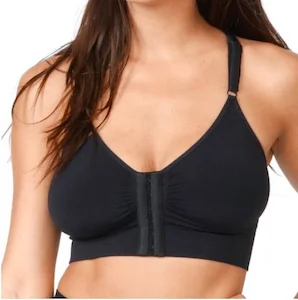
RxBra Post Surgical Front Closure Compression Bra
Unlike more bulky medical bras, RxBra allows you recover in style and feel good about how you look immediately following surgery. It comes with padded backing and front clasps, making it easy to get on and off — even when your movements are restricted.
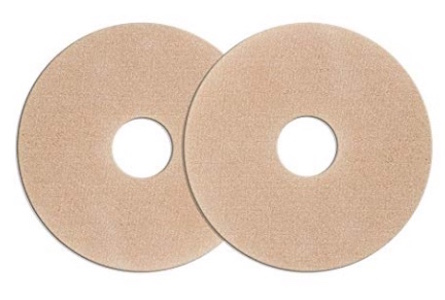
Biodermis Epi-Derm Areola Circles
These silicone gel sheets are specifically designed to minimize and fade scarring on the areola. Biodermis’ thin design makes the circles cling closely to the body, allowing them to be comfortably worn under clothing. They can also be trimmed to the right diameter.
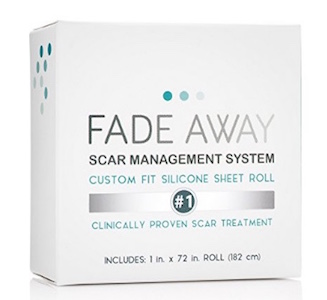
Fade Away Silicone Gel Sheets
Fade Away’s scar treatment sheets can be used anywhere on the body. They come in long, 1 inch-wide strands that can easily be cut to precisely cover your scars. Each pack holds a 72 inch (182 cm) roll of silicone sheets, and each sheet can be reused up to seven times.
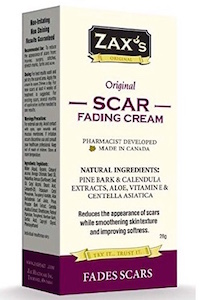
Zax’s Scar Fading Cream
This scar fading cream uses natural ingredients to correct stretch marks, burns, and surgical scars. Zax’s Cream was developed by pharmacists, and promises noticeable improvement after four weeks of applying the cream twice daily on new scars, or twice daily over two months for older scars.

Pureauty Naturals Scar Removal Gel
Pureauty Naturals’ gel contains comfrey root, organic aloe, and onion bulb extract. It works best when applied to new scars, but it can be used to help fade old scars as well. Newer scars benefit from daily application over an eight week period, while older scars require three to six months of daily application.
Factors to consider: training and experience
“The technique a plastic surgeon uses is dictated by many factors,” says Chicago-based plastic surgeon Dr. David Song. “Age, weight, skin, and whether or not the patient has had children are all aspects that surgeons take into consideration — and that’s just the beginning.”
Surgeons also analyze tissue density and distribution, whether the chest wall is convex or concave, and the areola size and placement to determine which technique will achieve the best outcome. “Picking the scar you want isn’t the best way to approach this surgery,” notes Song.
That said, some techniques allow surgeons to minimize the appearance of scars, and are worth inquiring about.
“Adding a breast implant to the procedure sometimes allows the surgeon to shorten or even eliminate scarring, since the implant will then take up some of the slack caused by the breasts’ sagging,” says Fort Worth, TX plastic surgeon Dr. Jonathan Heistein. “Some breast augmentation patients may even be candidates for a radiofrequency treatment called BodyTite, which can provide a slight lift without requiring additional surgery.”
Of course, women who aren’t interested in breast augmentation surgery won’t have those options. Patients do have full control when choosing their surgeon, however.
The six years of training a plastic surgeon receives before passing board exams are crucial to increasing the likeliness of a positive outcome.
“Instead of scars, women should focus more on the shape and selecting the right surgeon,” explains Song. “This is real surgery, with real potential complications. The scars will fade over time.”
At the end of the day, women shouldn’t let their fear of a scar get in the way of the breast lift they desire. “For the most part, patients are very happy with the lift,” says Song. “They like how they look in and out of clothing and ultimately come away feeling more youthful because of their breasts’ younger aesthetic. Even with scars.”
Heistein agrees. “Although it is true that breast lifting does cause scars, achieving a more youthful shape is usually worth it.”






